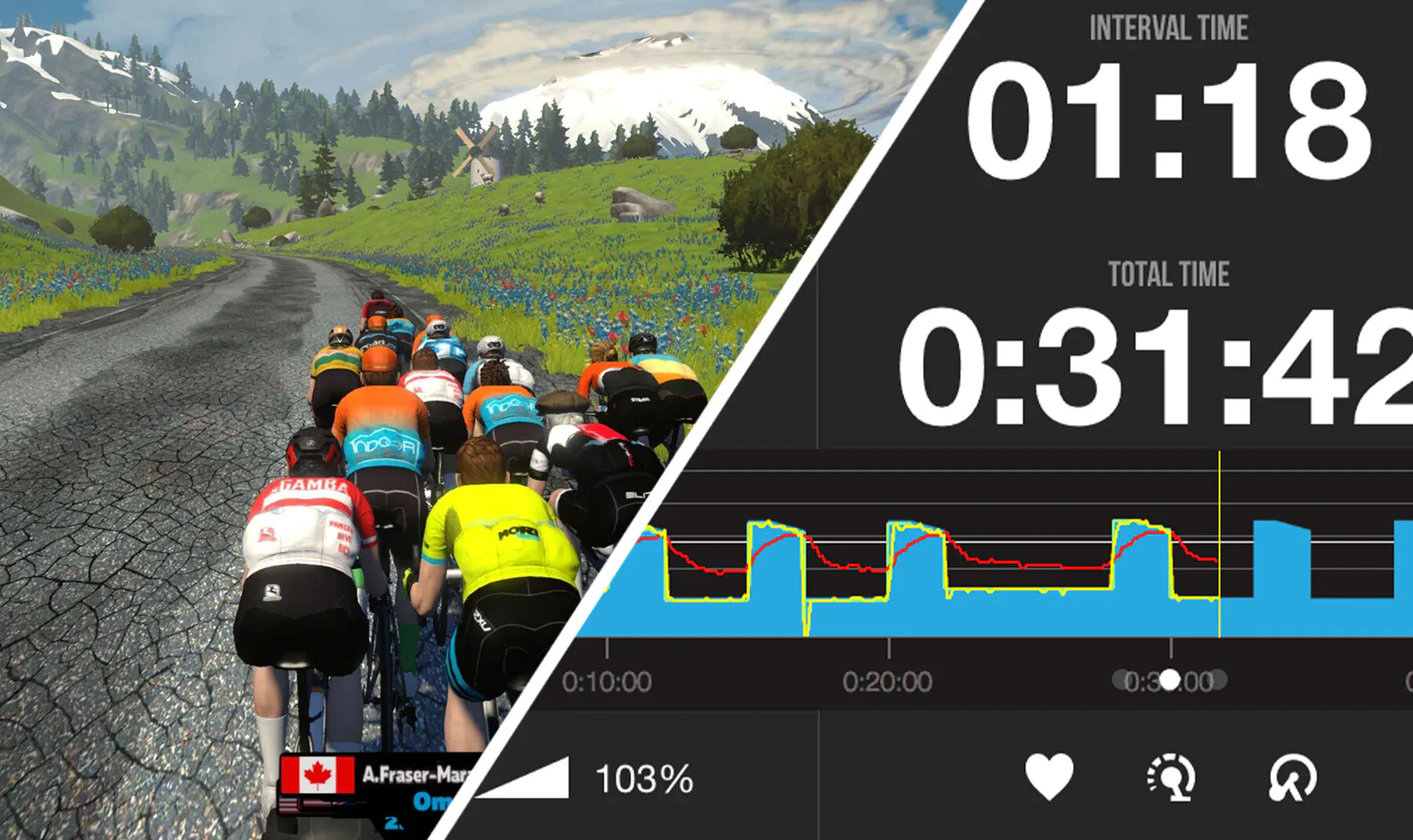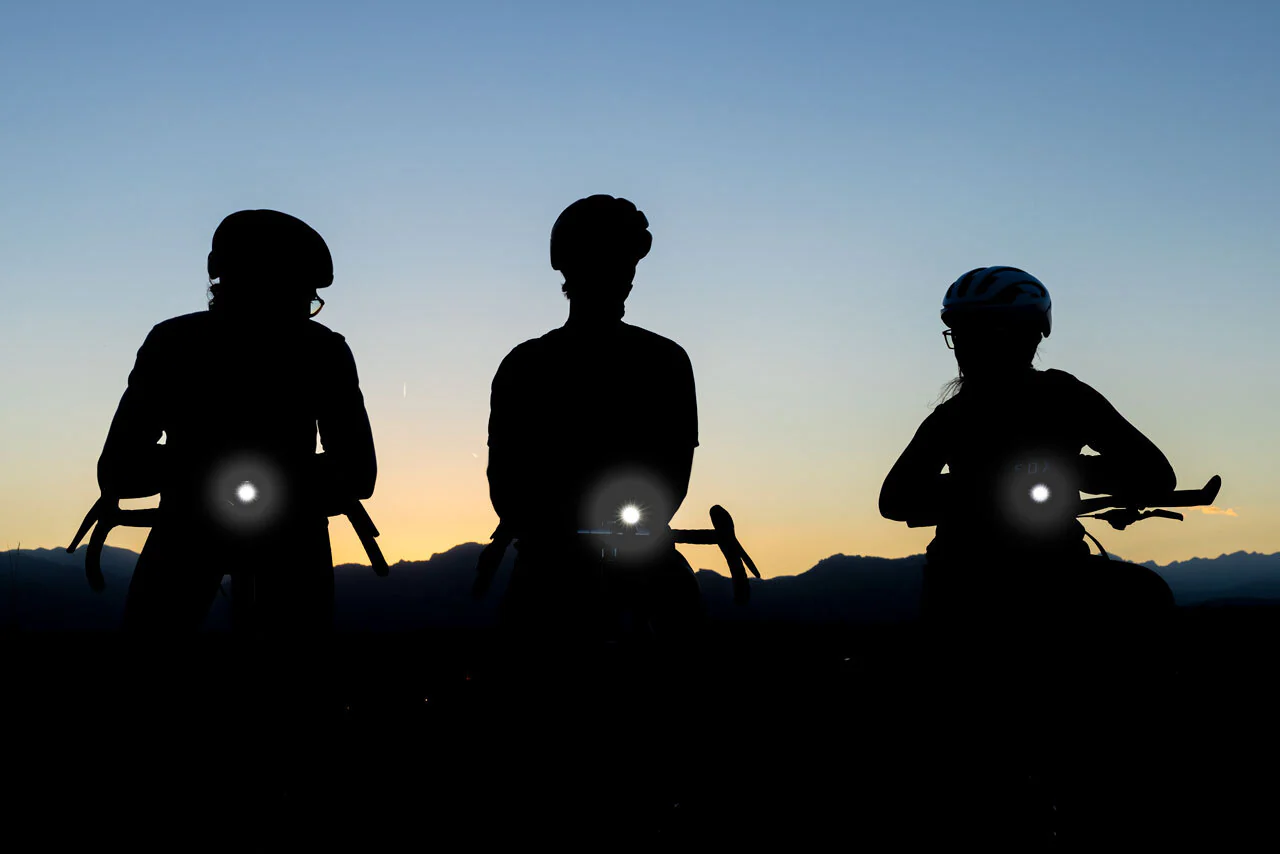The founders of Trek Bicycle believed there was special power in the name Trek. To them, it called forth the spirit of adventure and the promise of great things beyond the horizon. Their goal was to prove that an American brand could produce high-end, high-performance bicycles capable of competing with the best European and Japanese bikes.
Over the last 40 years, the little company from Waterloo, Wisconsin grew into one of the biggest manufacturers in the world, making more than one million bikes per year. It has supported some of the world’s top racers on their path to glory and introduced innovative bike technologies that have had a huge impact on modern cycling.
Trek’s huge catalog includes everything from race-ready road bikes, to trail-shredding mountain bikes, to reliable cruisers for your daily commute. But how do you know which Trek bike is right for you?
This overview will cover Trek’s extensive line of road, gravel, and cyclocross bikes, including Trek’s innovative technologies, model naming system, and most popular road models. Find out which Trek model fits best with your riding style, so that you can make an informed decision when buying your next road (or gravel) bike
[button]Shop Trek road bikes[/button]
Trek road bikes
Trek Madone
The Madone is Trek’s flagship aero road racing bike. Of Trek’s current road offerings, it has the longest history and has evolved the most. When introduced, the Madone was the successor to the 5900, a lightweight climbing bike for road races and grand tours like the Tour de France. As aerodynamic efficiency has become increasingly important in modern road racing, the Madone adapted to compete with bikes like the Specialized Venge, Giant Propel, and Cannondale SystemSix. The new generation of Madone features deep, aerodynamic tubes that reduce drag as much as possible. Since 2016, it’s been equipped with an IsoSpeed decoupler in the rear to also make it more comfortable.
[product-block handle="2021-trek-madone-slr-7-di2-m"/]
Who it’s for: Riders looking for maximum speed and aero gains on flat and rolling roads.
Trek Emonda
The Emonda is Trek’s lightweight road racing bike.When it was released in 2014, it was billed as one of the lightest production frames available. It has been a favorite of climbers and road racers who prioritize low weight above all else and it’s a good choice for riders who live in hilly and mountainous regions. As the Emonda has matured, it’s received some aerodynamic tube shaping to make it a more capable all-rounder. To maximize lightness and power transfer, the Emonda is the only Trek road bike without IsoSpeed.
[product-block handle="2019-trek-emonda-slr-9-disc-etap-l"/]
Who it’s for: Riders looking for a lightweight bike for climbing, racing, and all-around road riding.
Trek Domane
The Domane is Trek’s endurance road bike. It was famously developed, refined and raced by cobbled classics legend Fabian Cancellara. The key to Domane's rough road performance is Trek’s IsoSpeed technology, which increases compliance over bumps and absorbs vibration. Cancellara rode the Domane to multiple wins in the classics. Paired with more upright, endurance geometry, the Domane is perfect for riders looking to reduce fatigue on long rides and rough roads. The third-generation Domane can also fit larger tires up to 38mm, making it a great option for riders in search of a more road-oriented all-road or gravel bike.
[product-block handle="2020-trek-domane-sl7-m"/]
Who it’s for: Riders looking for more comfort for long rides, rough roads, and light gravel.
Trek gravel and cyclocross bikes
Trek Checkpoint
The Checkpoint is designed for gravel rides that venture far away from paved roads. Relaxed geometry and clearance for wide 45mm gravel tires allow the Checkpoint to tackle everything from rough and loose gravel and light singletrack. Rack and fender mounts make it versatile for bikepacking and commuting, and additional mounts on the top tube, seat tube, and both sides of the down tube allow riders to carry extra gear and water on the frame. Horizontal sliding rear dropouts also give riders the option to run the bike singlespeed or tune handling by adjusting chain stay length. All carbon Checkpoint models also use a rear IsoSpeed decoupler to improve comfort and compliance. The latest generation Checkpoint, has IsoSpeed at the head tube as well.
[product-block handle="2021-trek-checkpoint-sl-7-l-4"/]
Who it’s for: Riders looking to tackle rough and loose gravel roads on their regular rides
Trek Boone
The Boone is Trek’s race-ready carbon cyclocross bike. With cyclocross geometry, it excels in demanding off-road conditions like mud, sand, and grass. Front and rear IsoSpeed improves traction and comfort during tough races. The Boone can also serve as a gravel bike for riders who prefer the more agile feeling of cyclocross geometry.
[product-block handle="2019-trek-boone-rsl-s"/]
Who it’s for: Cyclocross racers looking for maximum performance
Trek Crockett
The Crockett is Trek’s aluminum cyclocross bike. It shares geometry with the high-end Boone cyclocross bike and will perform similarly on mud, sand, and grass. To reduce cost, it uses an Alpha aluminum frame instead of a carbon frame with IsoSpeed. Like the Boone, the Crockett is capable enough for most gravel riding.
Who it’s for: Cyclocross racers looking for a budget-friendly race bike.
[product-block handle="2019-trek-crockett-7-disc-l-1"/]
Trek road bike technology
Trek has a long history of innovation, and it has introduced several ground-breaking technologies to the sport. Here is a list of technology and features that are only found on Trek bikes.
Trek IsoSpeed
IsoSpeed first appeared on the Trek Domane endurance road bike. Its goal was IsoSpeed to improve compliance and reduce vibration over rough surfaces while maintaining a bike’s stiffness, efficiency, and handling characteristics. It’s not a suspension system but a “decoupler” system with elastomers that allow for a small amount of movement between key junctions like the seat tube and top tube.
Rear IsoSpeed decouplers allow the seat tube to flex independently of the top tube and absorb bumps. The top tube is split so the seat tube can pass through it. The tubes don’t directly touch but are joined by a horizontal shaft and two sealed cartridge bearings. Two round elastomer inserts between the tubes absorb vibration. Because of its simplicity, it adds minimal weight and requires little to no maintenance.
The newer (2016+) Domane and Boone bikes and the 2022 Checkpoint also have a front IsoSpeed decoupler. A rocker cup is used on top of the headset and the steerer tube is joined to the rocker cup by a horizontal shaft and two sealed cartridge bearings. This allows the steerer tube to flex, improving compliance through the handlebars.
There is also a slider on high-end Domane SLR and Madone SL and SLR models to adjust the compliance of the rear IsoSpeed decoupler to suit conditions and rider preferences.
IsoSpeed technology is used on the Domane, Madone (2018+), Checkpoint and Boone.
Hidden storage

The 2020 Trek Domane was the first model to feature Trek’s Hidden Storage compartment, a convenient hollow storage area in the down tube. The down tube bottle cage mount is attached to a removable hatch that’s accessed with a small lever. Attached to that cover is a holder for a multi-tool, and inside the down tube is a nylon tool roll for holding spare tubes and tools.
Hidden storage is found on the 2020+ Domane SL and SLR, and 2022+ Checkpoint.
Decoding Trek road bike model names
Trek has a huge selection of road bike models, and within every model, there is a range of build options. The hierarchy uses letters and numbers that can be confusing to uninitiated buyers. Here's your guide to decoding Trek’s naming and numbering system.
Road bike models use a series of letters and numbers (e.g. Trek Madone SLR 9) to indicate the frame material and component build. SLR and SL models are carbon fiber while ALR and AL models are aluminum.
The top-of-the-line SLR models use a higher grade 700-series OCLV carbon (improved 800-series carbon is used for the new 2021+ Madone and Emonda) which is lighter but more expensive than the 500-series OCLV carbon used for SL models.
ALR models use 300-series Alpha aluminum which is lighter but more expensive than the 200-series Alpha aluminum used on entry-level AL models.
The number used will range from 5 to 9: 5 is an entry-level build and 9 is top of the line. Higher numbered bikes cost more but are equipped with better components.
For example, an Emonda SLR 9 ($12,499) has a top-of-the-line 800-series OCLV carbon frame, SRAM Red eTap AXS drivetrain, and carbon wheels, stem, and handlebars. An Emonda ALR 5 ($2,099) has a more budget-friendly 300-series Alpha aluminum frame, Shimano 105 drivetrain, and alloy wheels, stem, and handlebars. In between are several Emonda models that offer different frame materials and component builds so riders can pick the bike that fits their needs and budget.
Trek WSD
WSD stands for Women's-Specific Design. WSD will usually be indicated after a bike’s model name (e.g. Trek Madone WSD). These bikes featured women’s-specific geometry and components. Lately, Trek has phased out its WSD bikes as data and market trends have shown that men and women can easily fit on the same bikes. WSD bikes are still available on the used market, and Trek continues to offer entry-level women’s models, but in general, all Trek bikes are unisex.
Trek Project One
Trek offers paint customization from the factory through its Project One program. Buyers ordering a new bike can select from a large library of colors and paint schemes to produce a one-of-a-kind bike. Project One bikes will have “Project One” listed with their model name, and also have it printed on the top tube. Depending on the paint scheme, it can increase a bike’s value.
Madone anagrams
Here’s a fun piece of Trek trivia. Trek’s flagship Madone road bike is named for the Col de la Madone, a legendary climb near the French Riviera that was a favorite training ground for Lance Armstrong. Trek gave its subsequent road bike models names that are anagrams of Madone (i.e. the letters are rearranged): Domane and Emonda.
Trek, of course, makes a lot more bikes than those listed here. If you need a triathlon bike, a basic urban bike, or an e-bike, Trek has plenty of options in every price category that can satisfy your needs. Check out our Trek collection to see all the Trek bikes we offer.
Still having trouble deciding which Trek road bike is right for you? Reach out to a TPC Ride Guide at (866) 401-9636 who can better help you understand the pros and cons, and ultimately find the right bike for you. Do you already have one of these Treks? Let us (and other cyclists) know in the comments what you love about your Trek road, gravel or CX bike.
[button]Shop Trek road bikes[/button]
What do you ride? Which Trek bike is your favorite? What questions do you have? Let us know in the comments!
All photos Courtesy of Trek Bicycle.



























